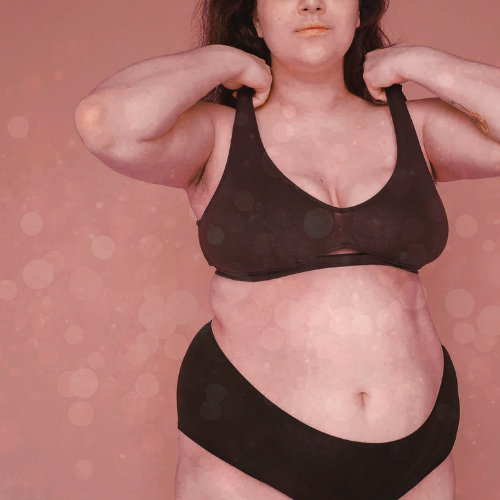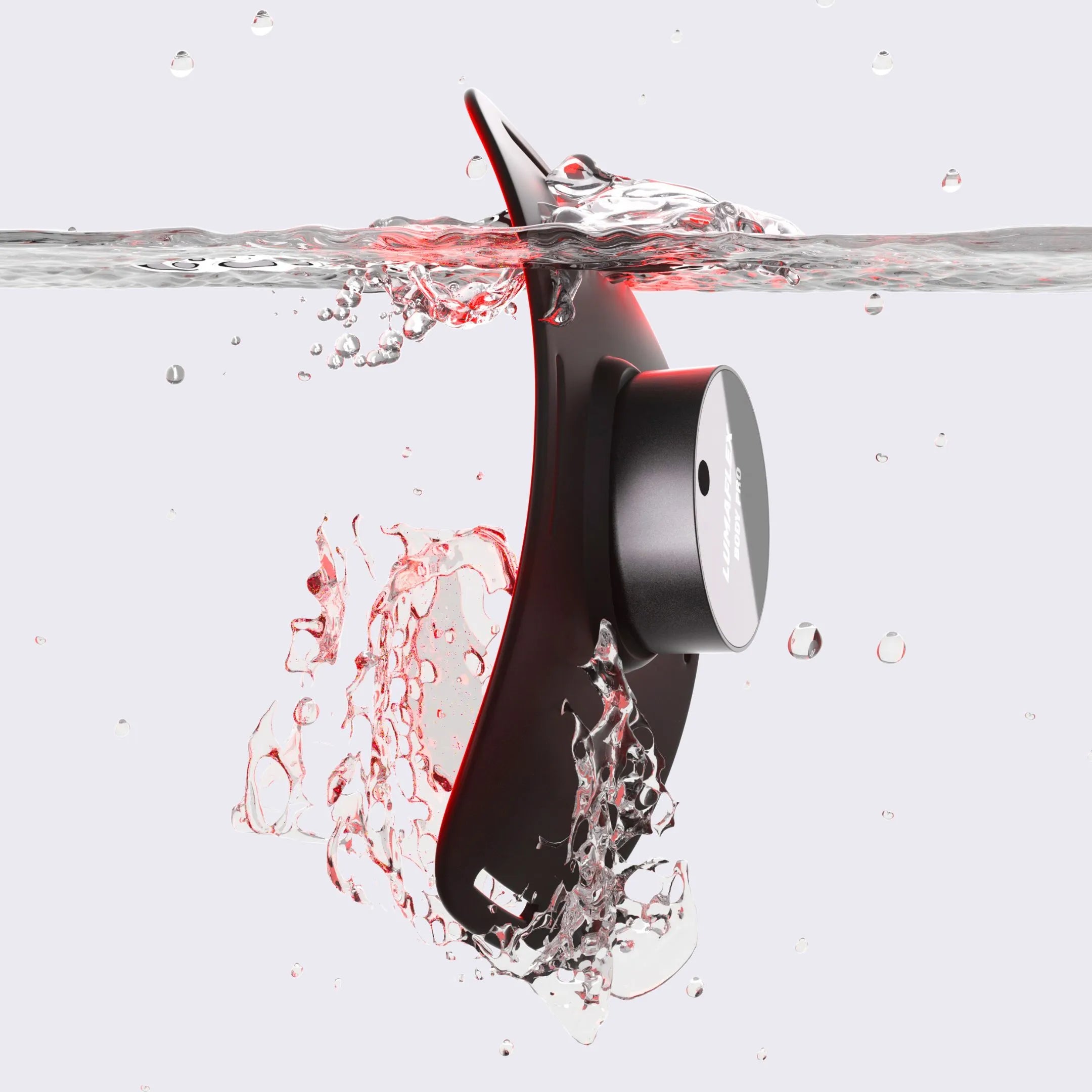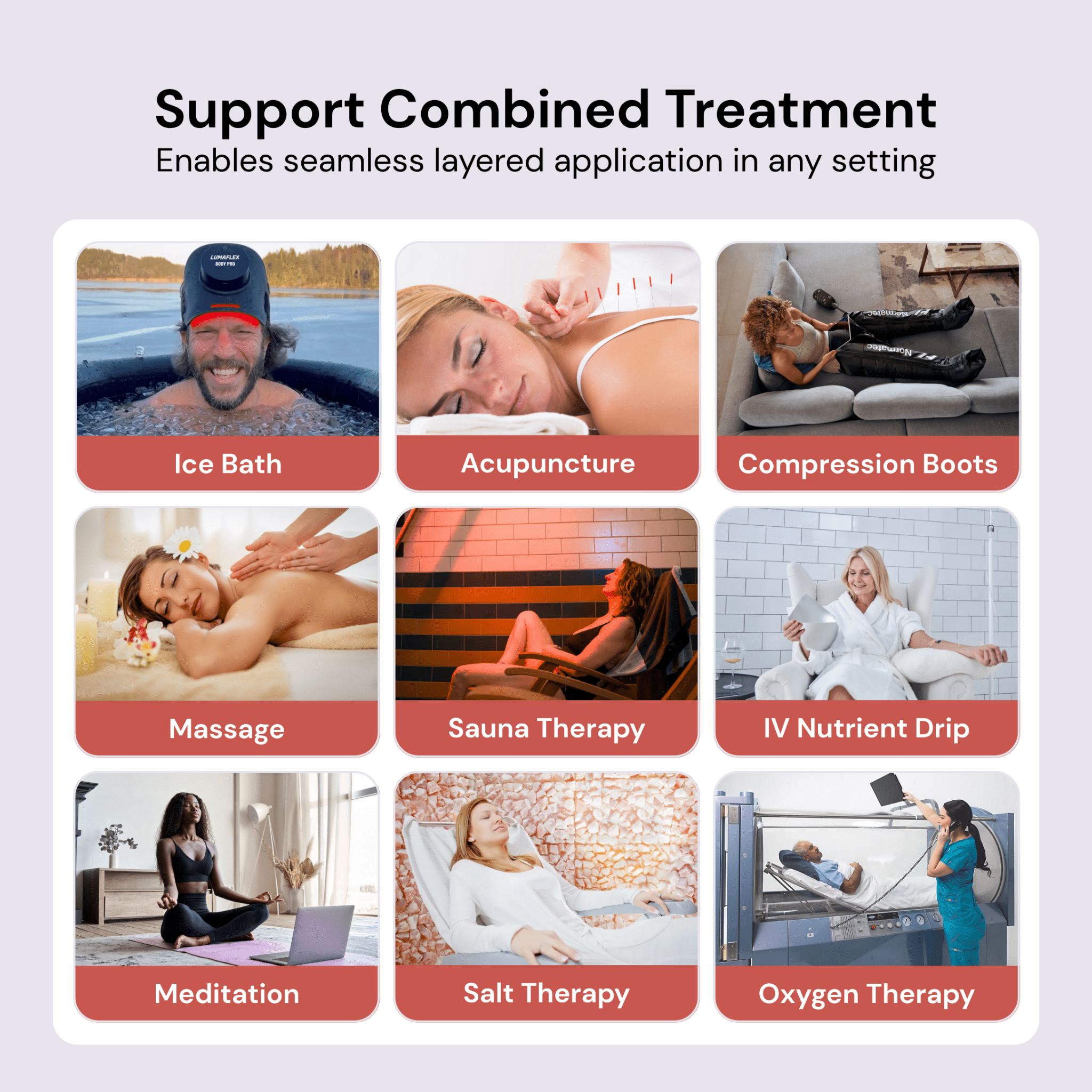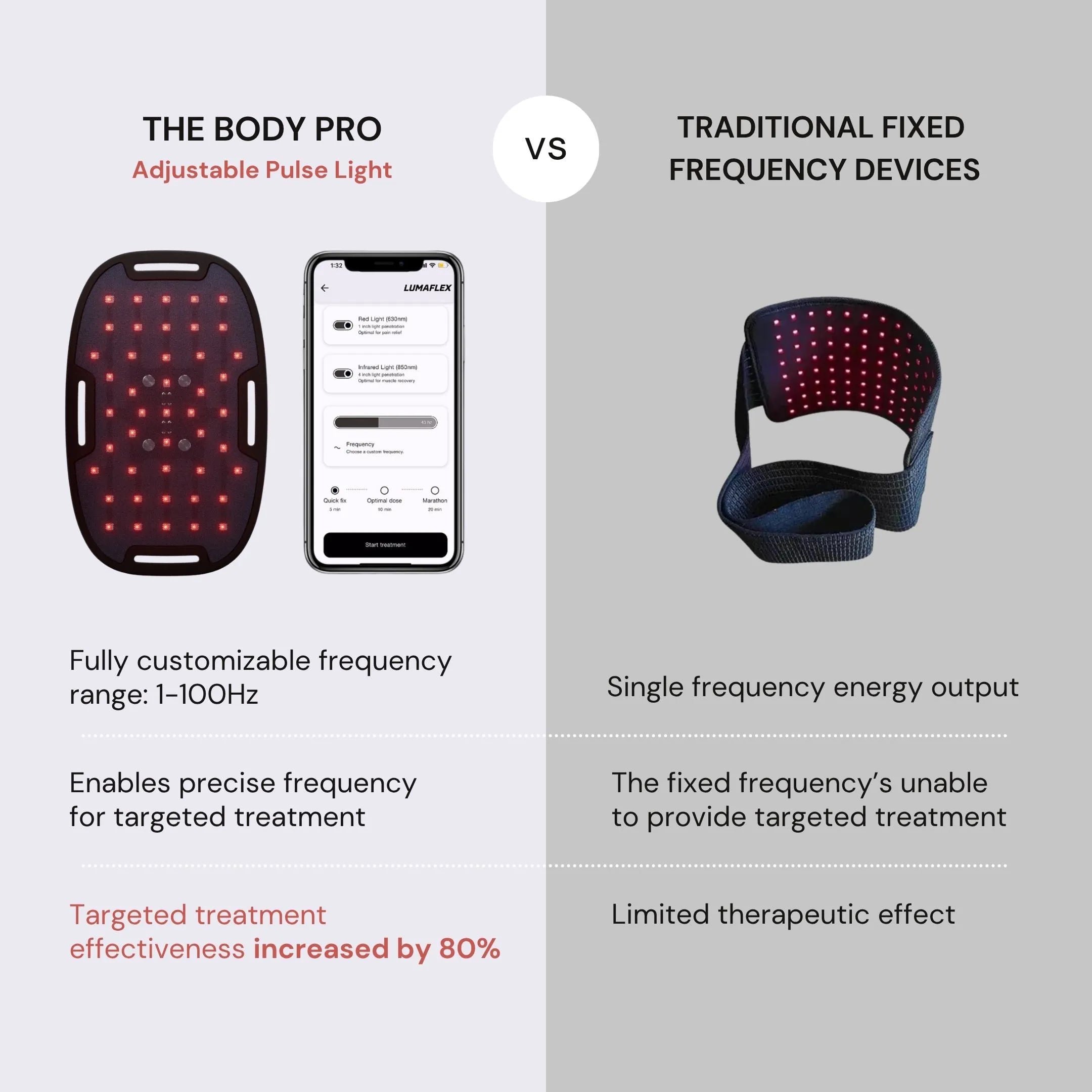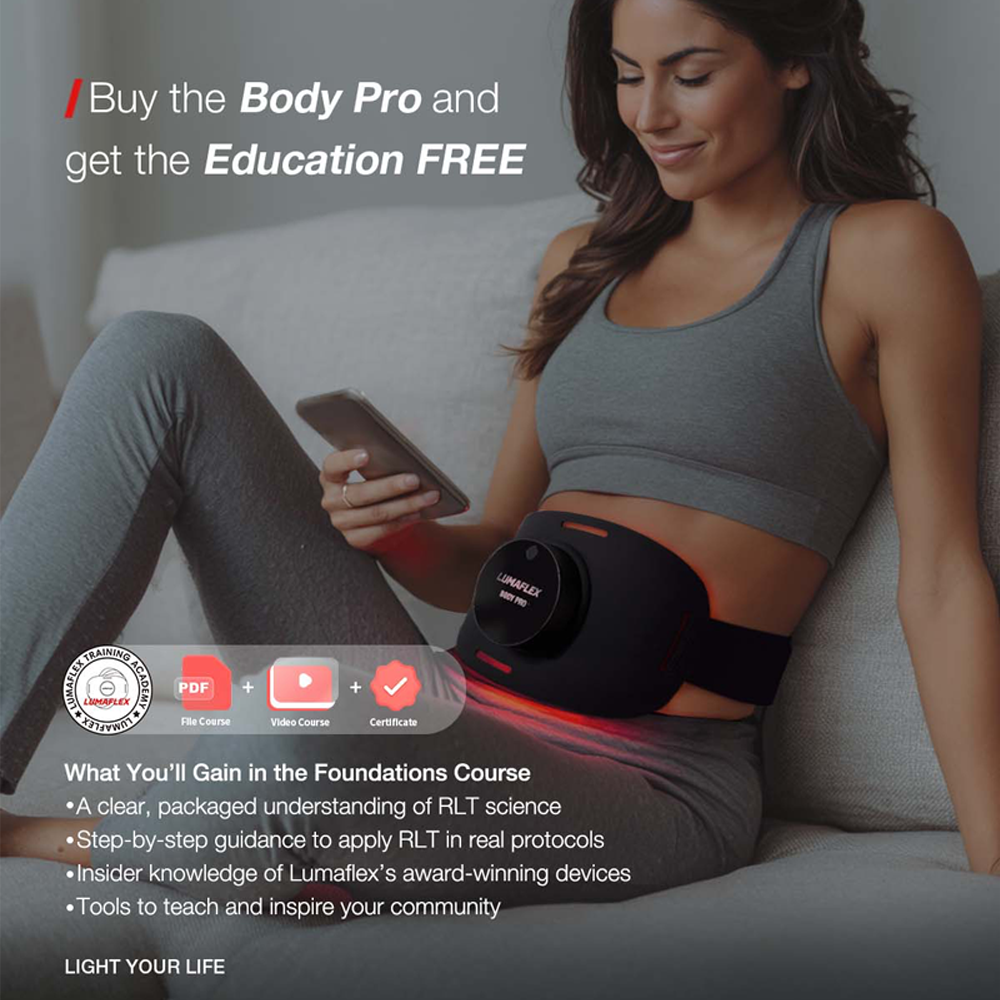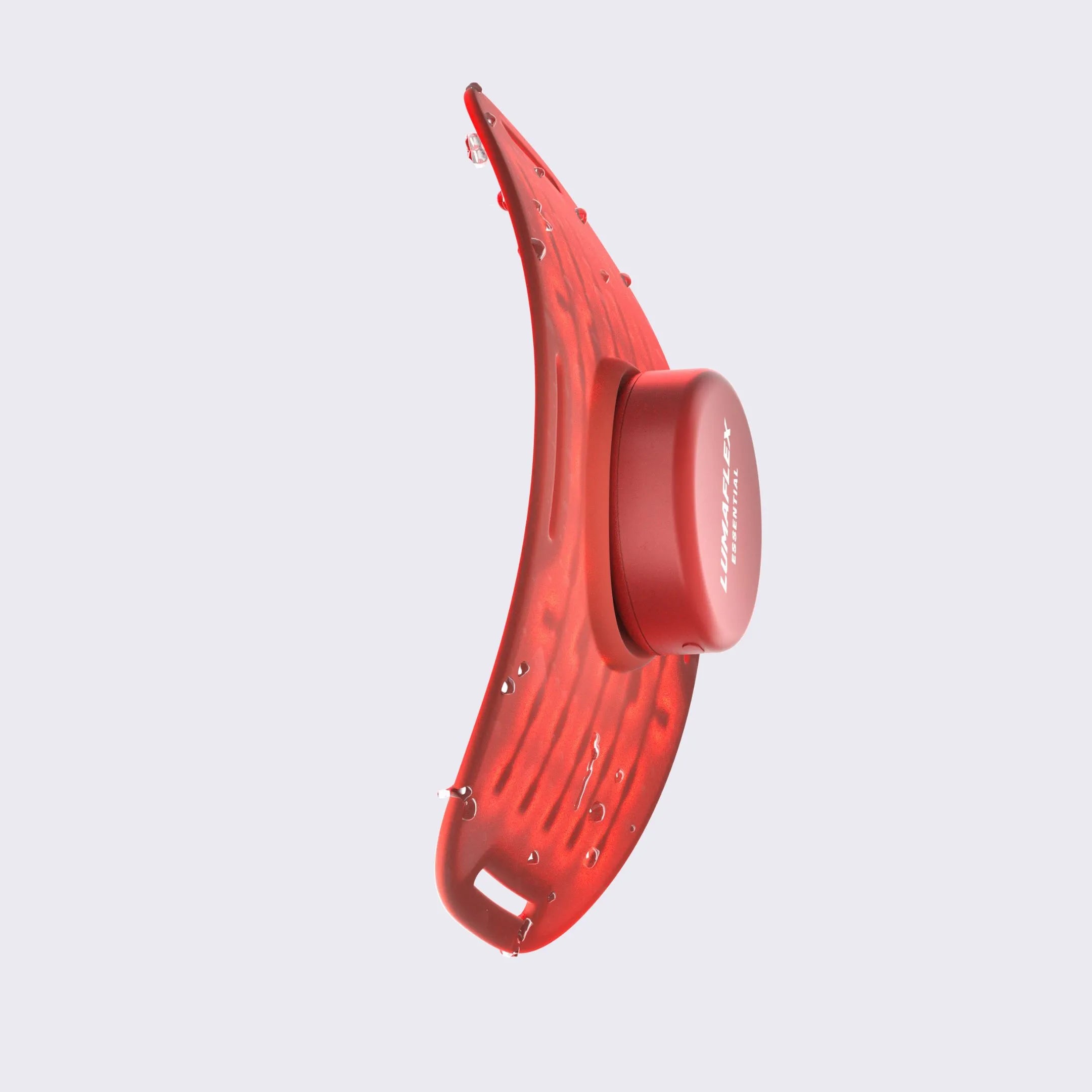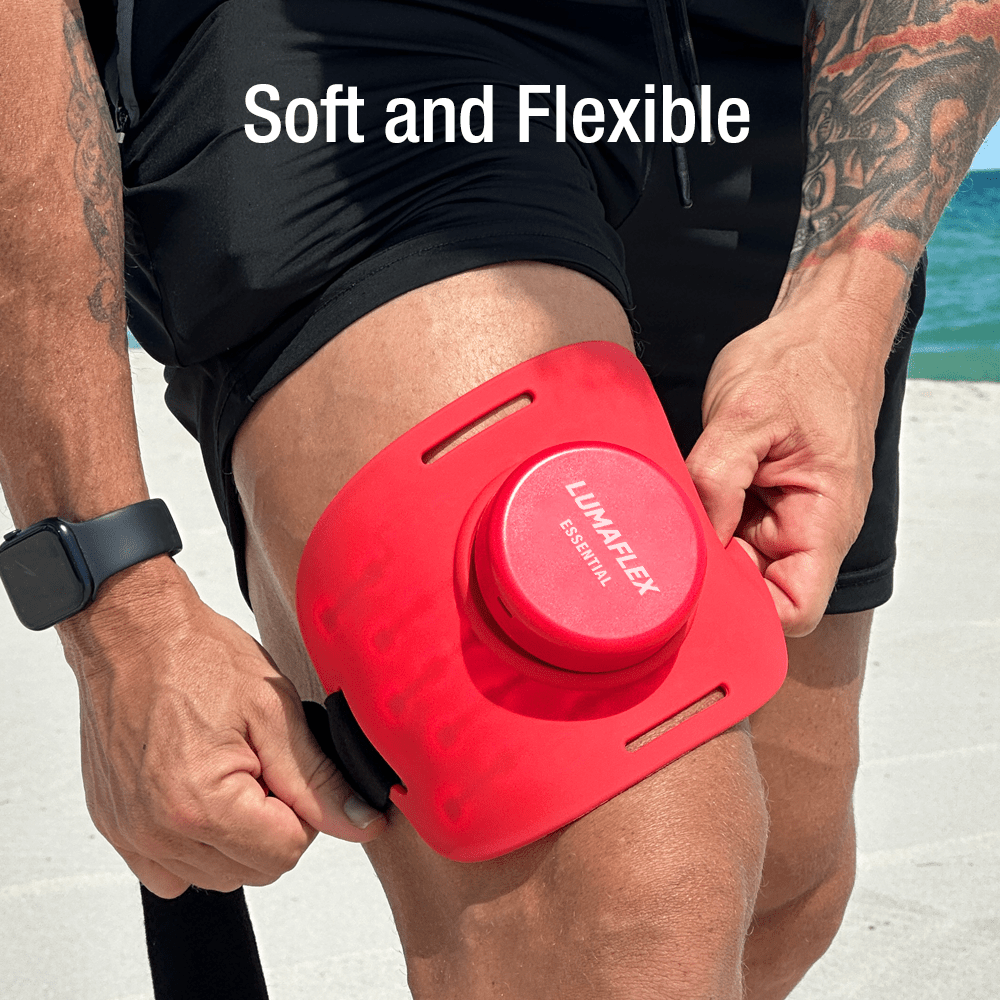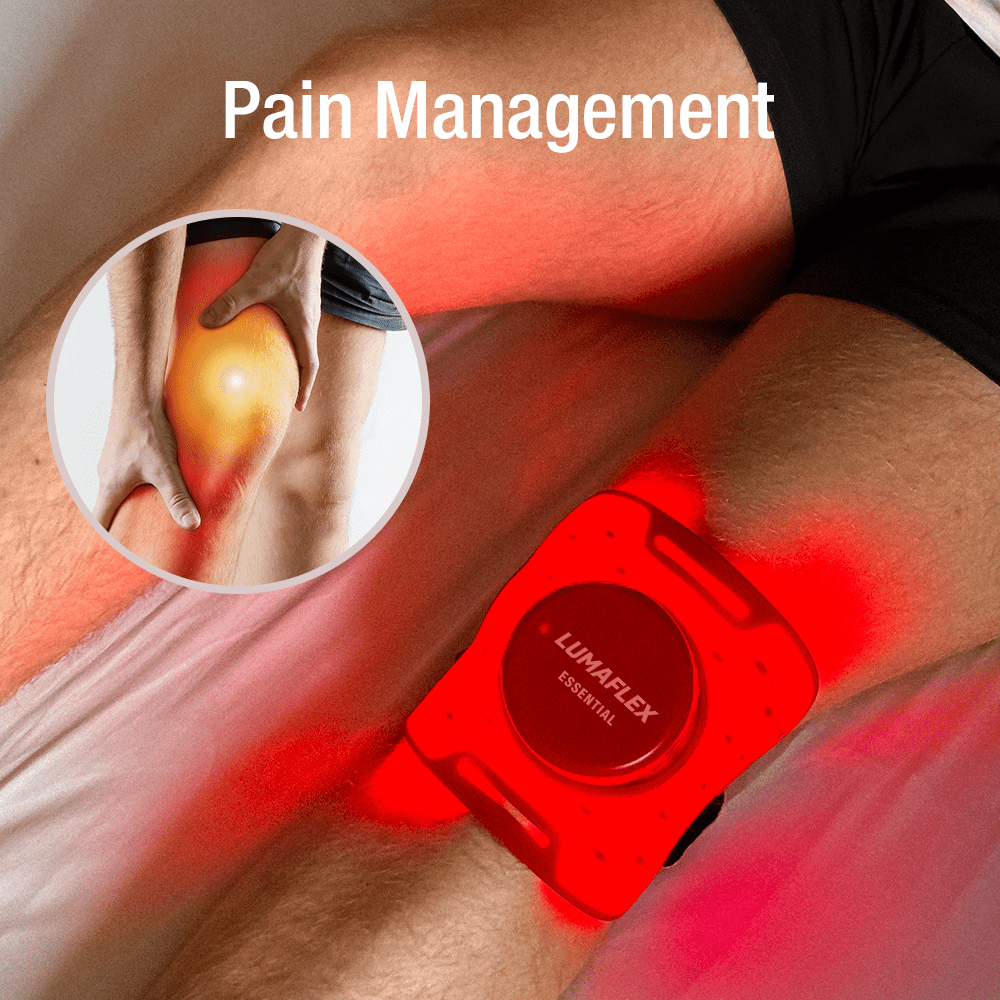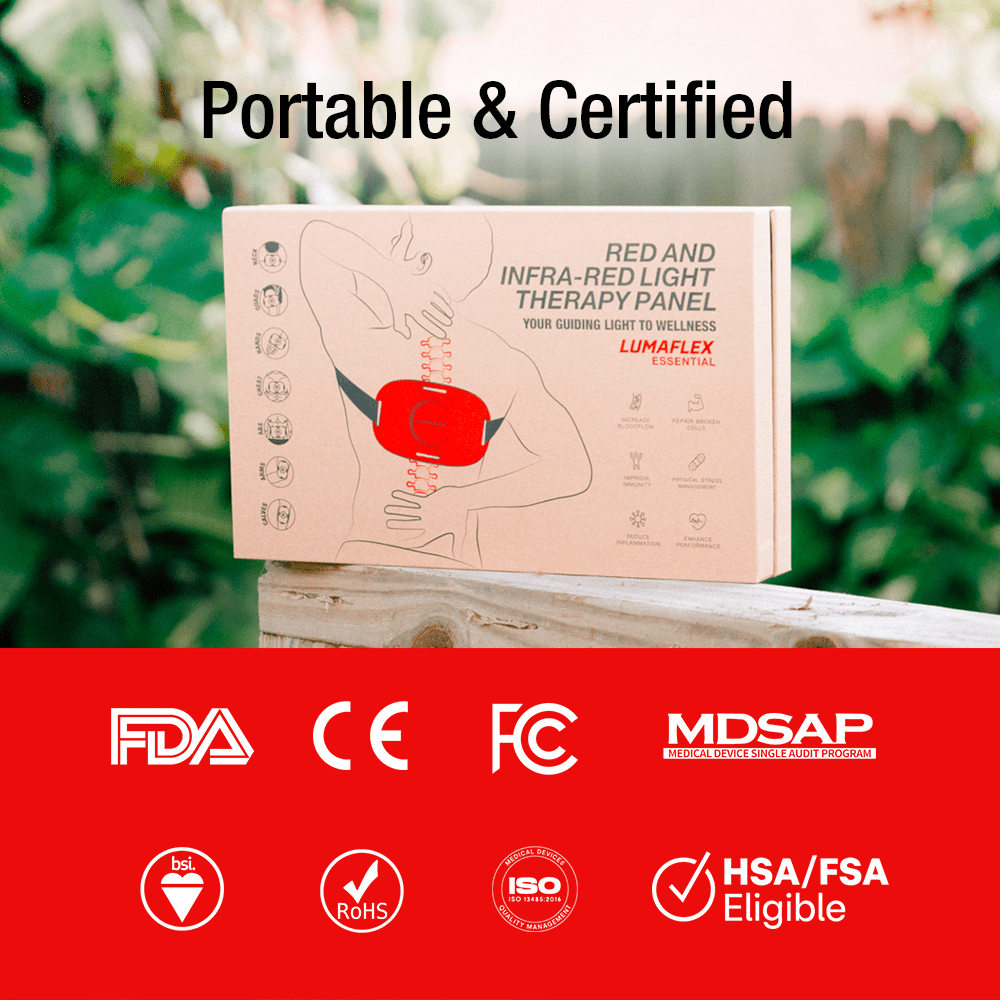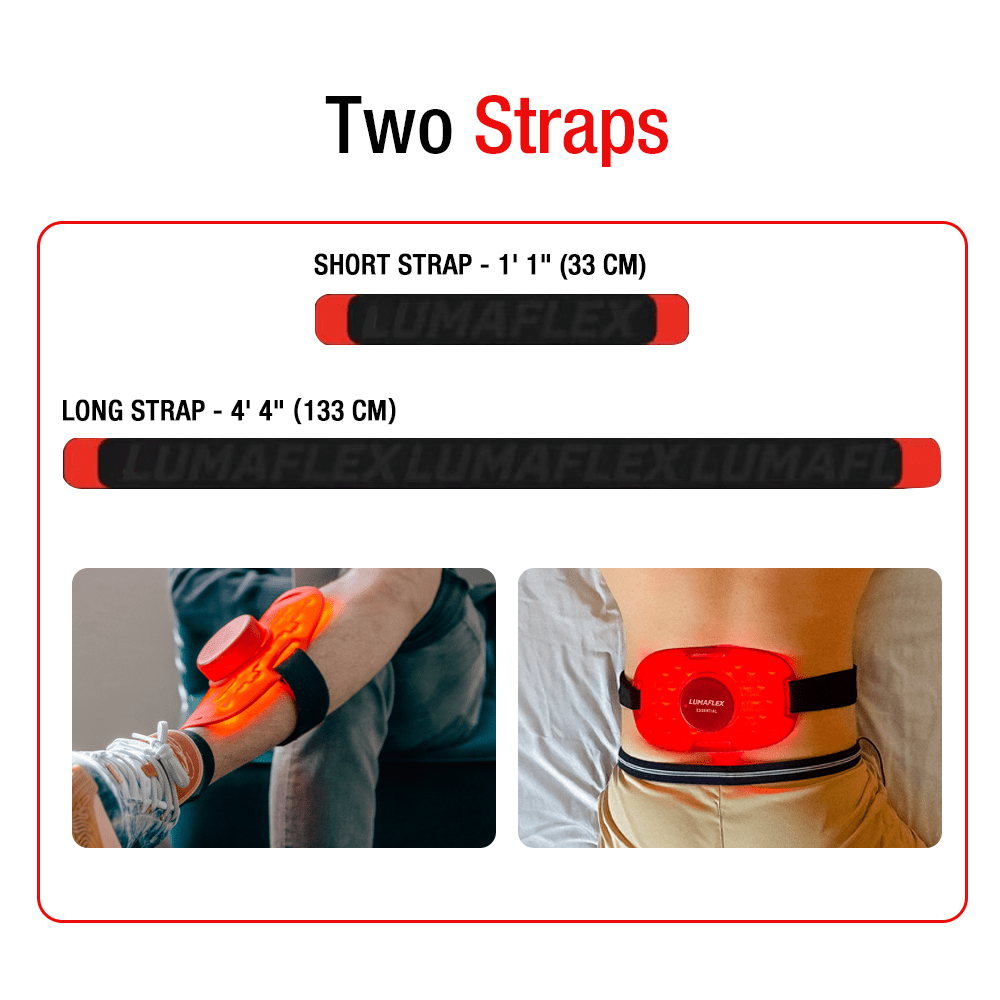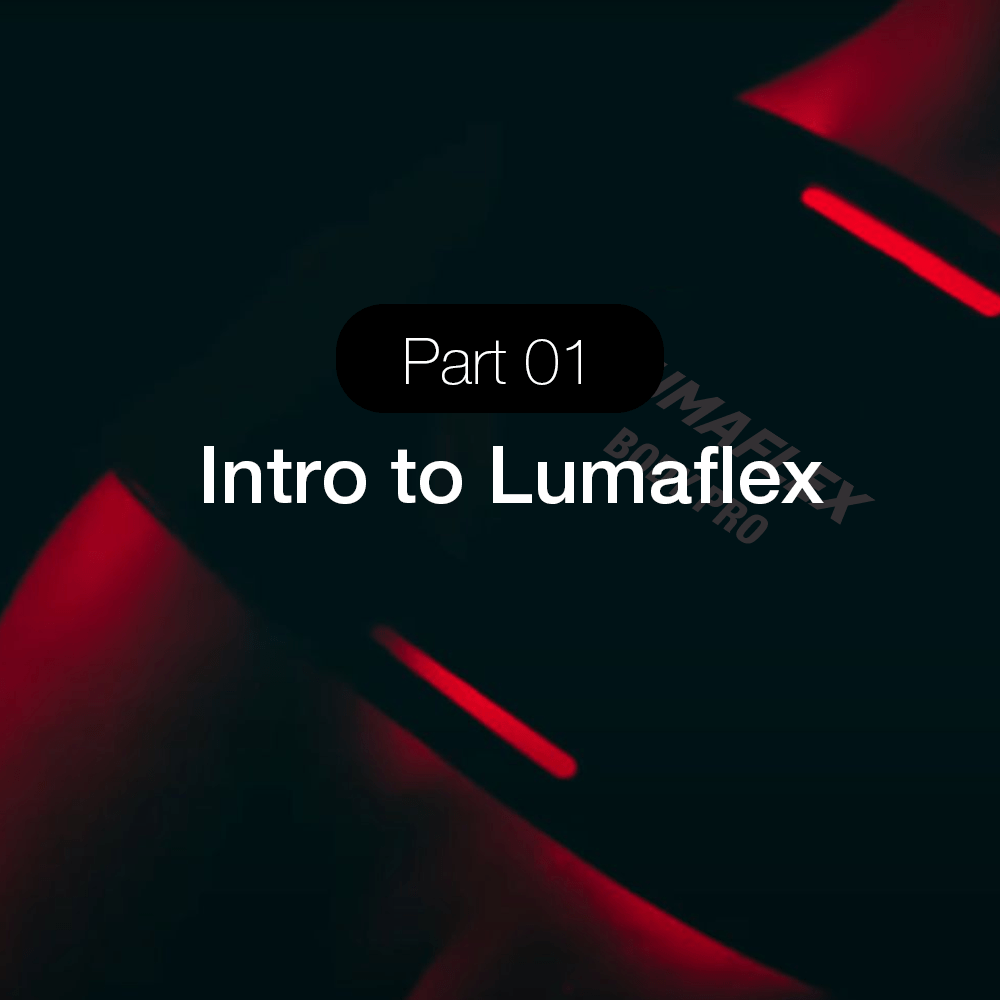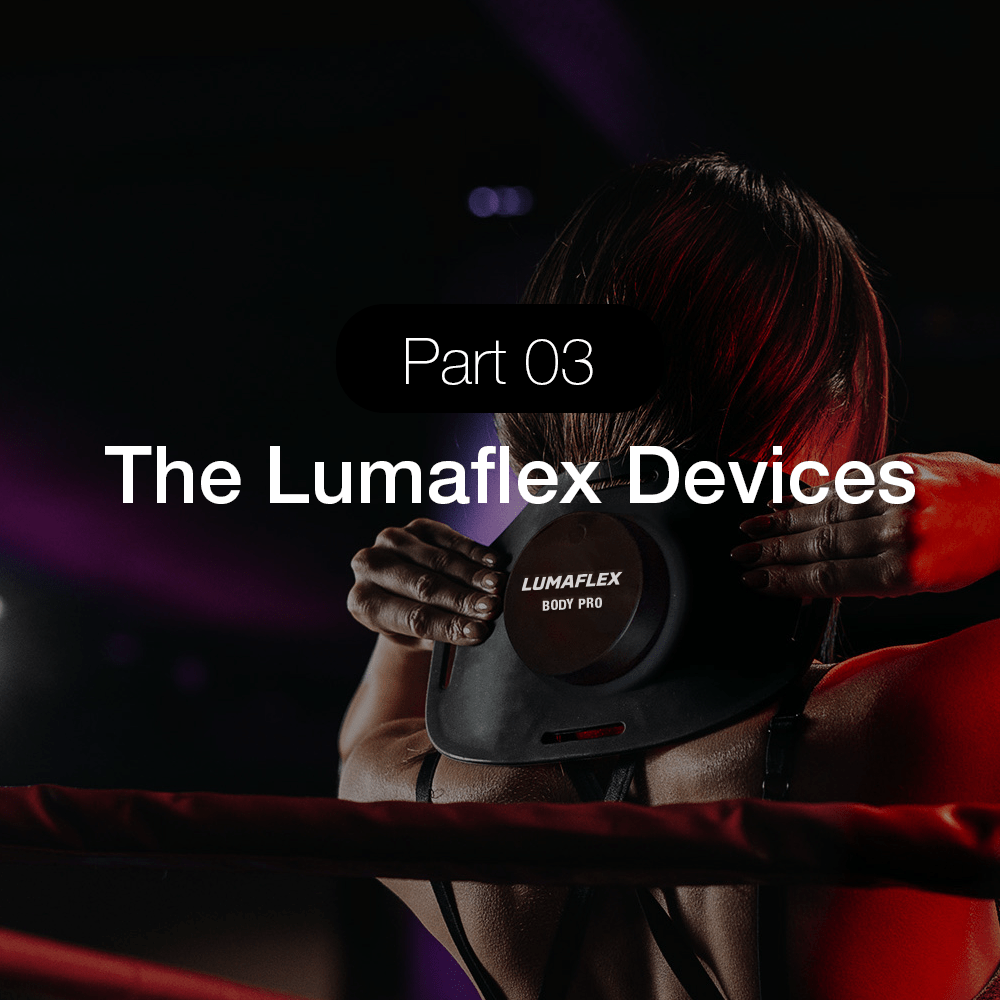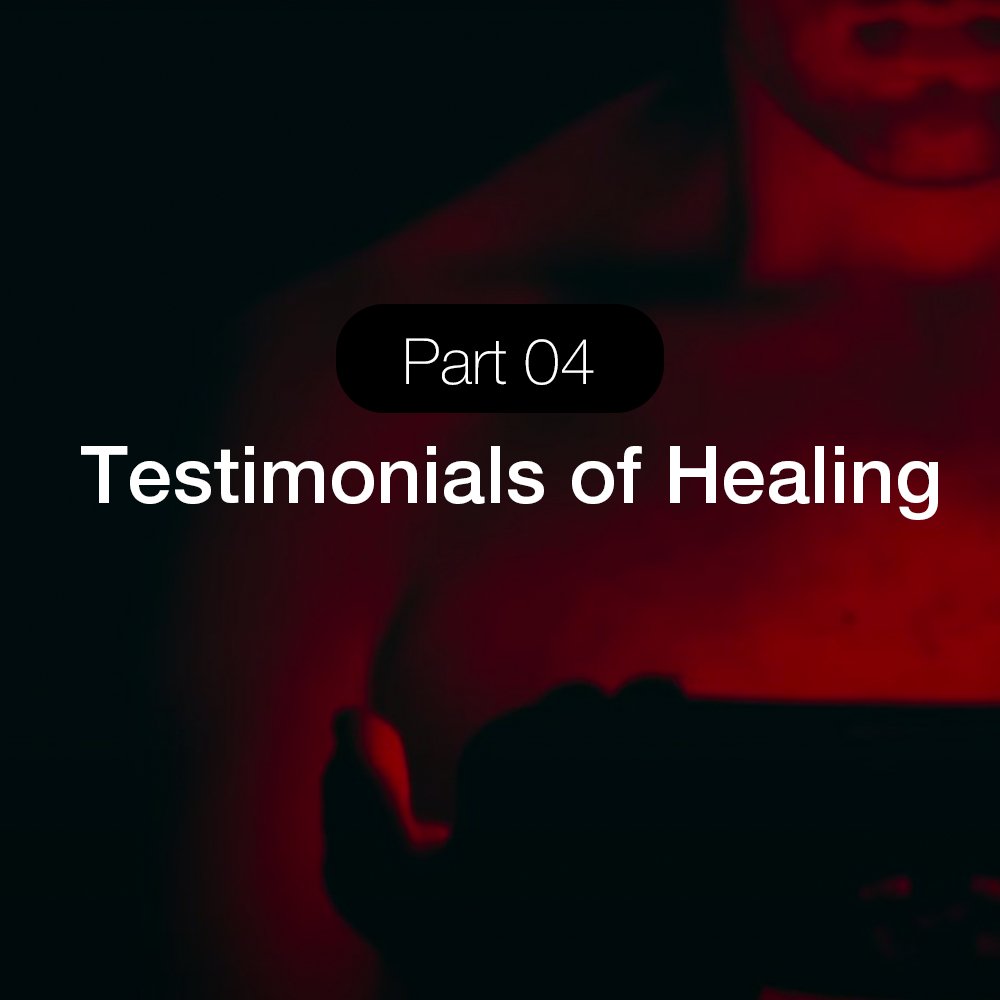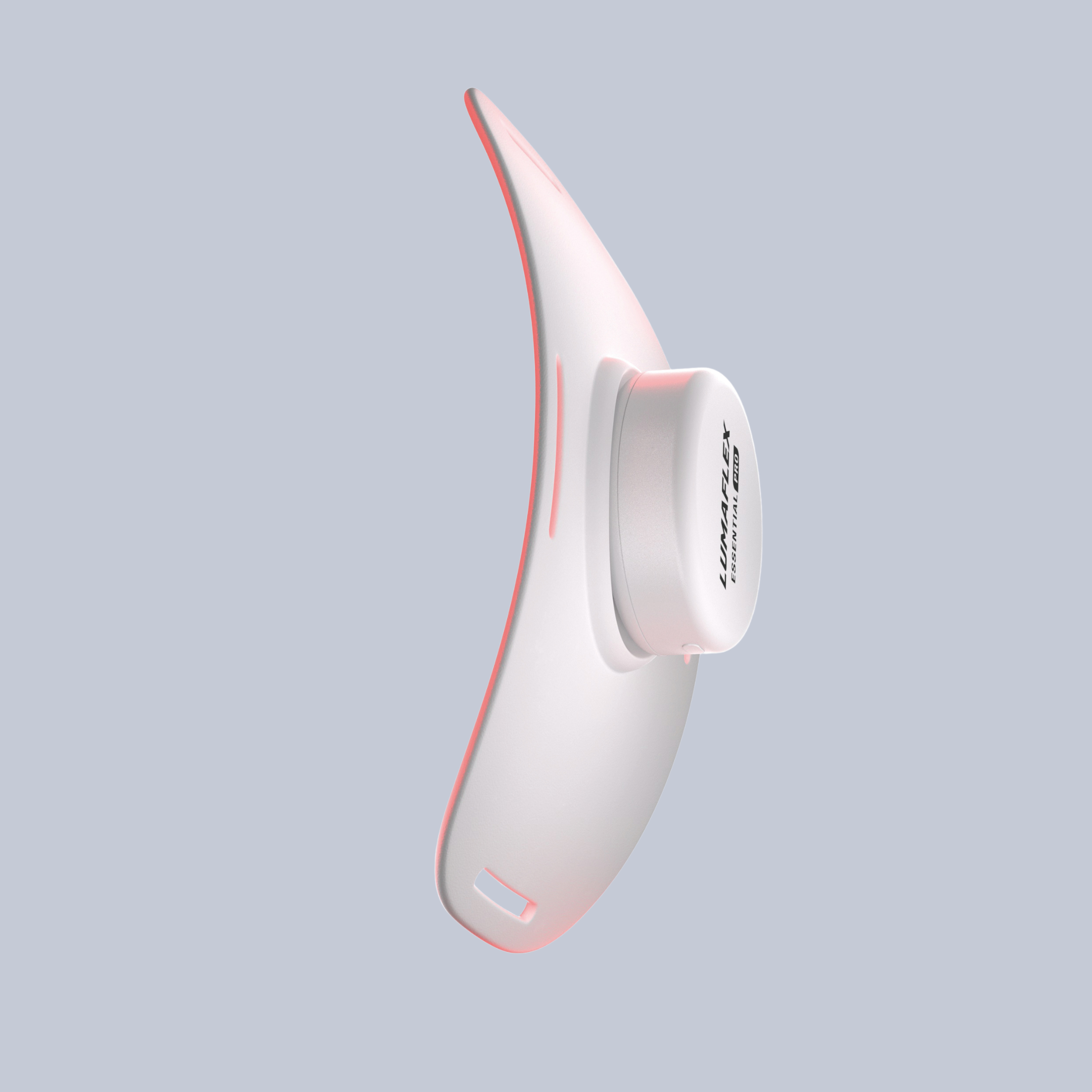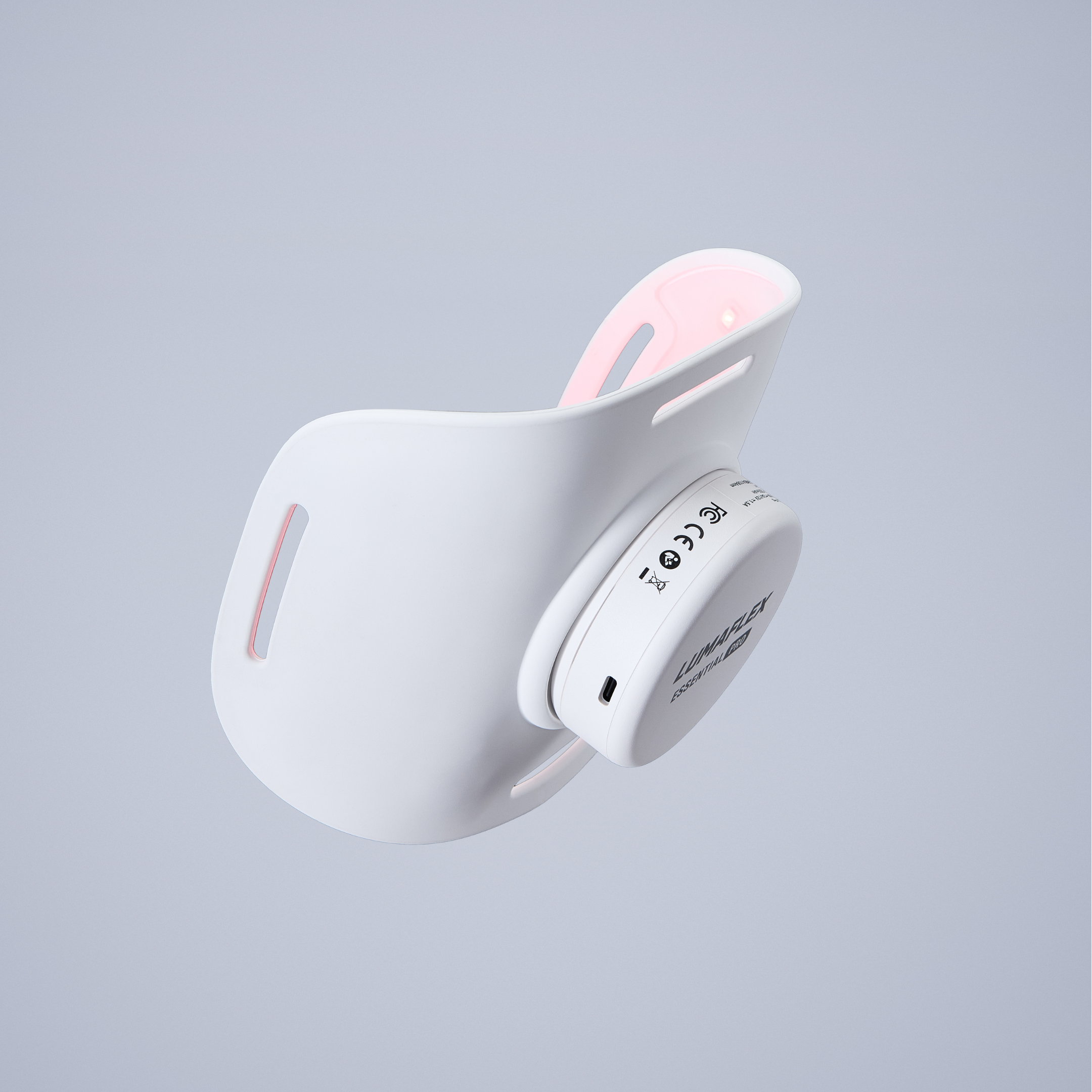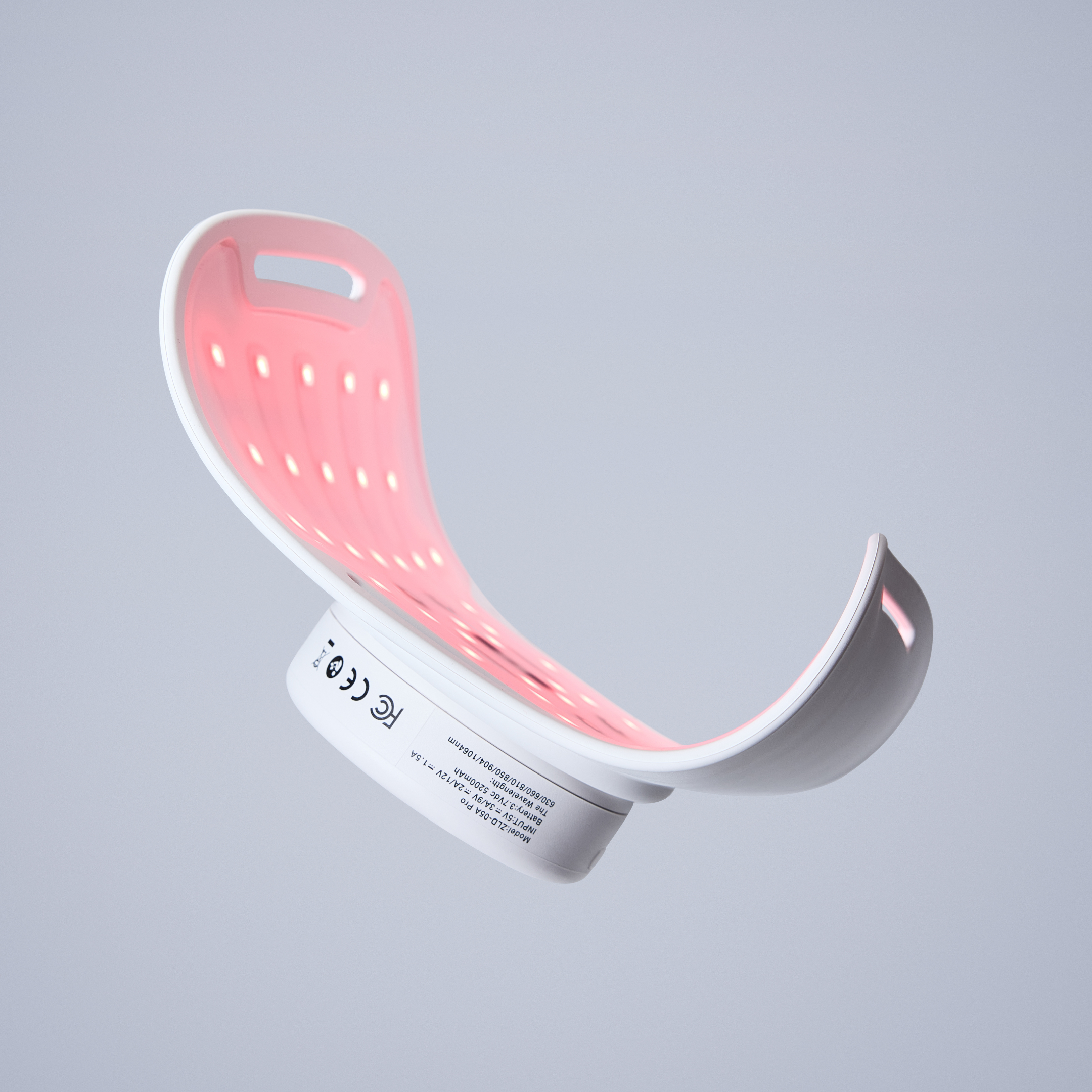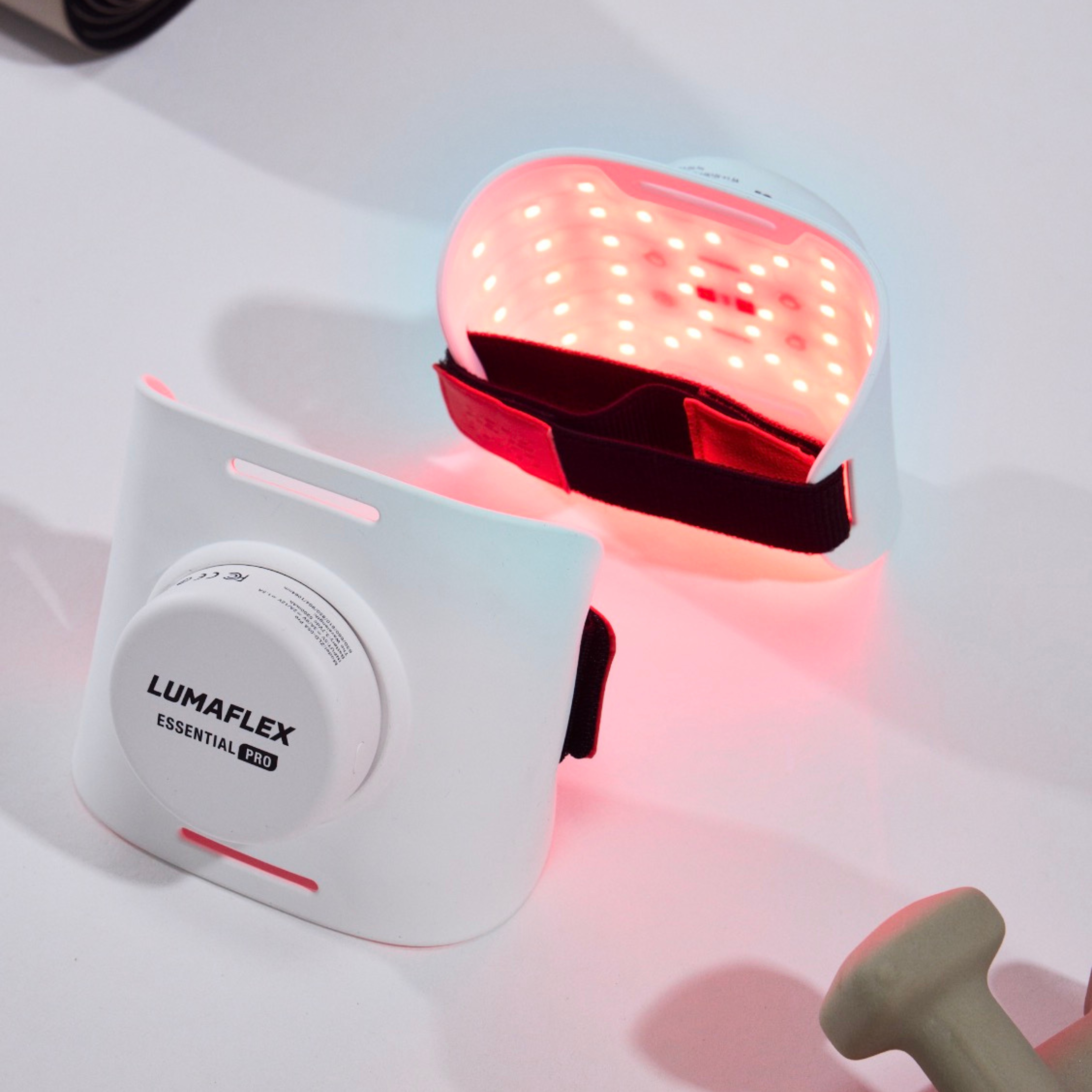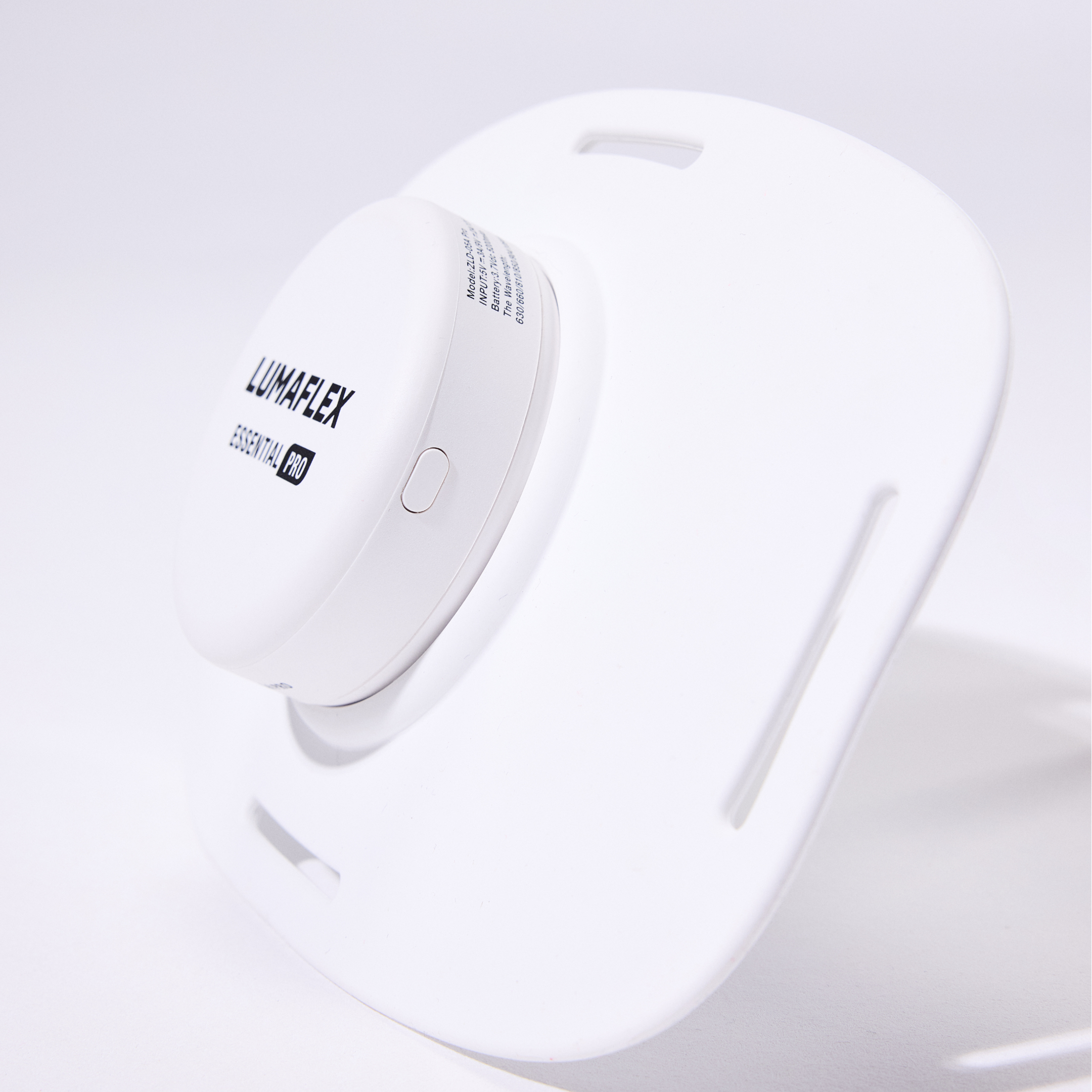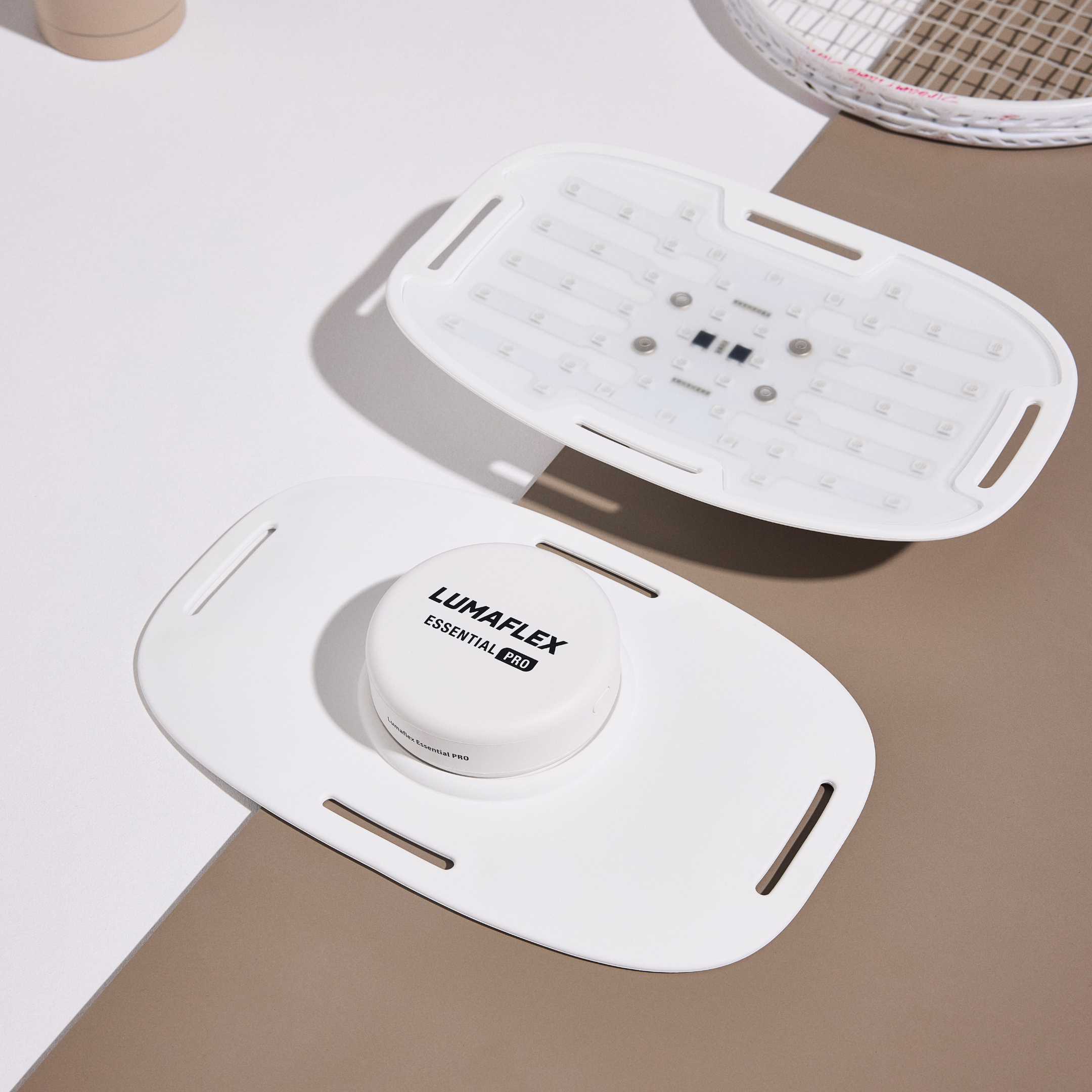Neck Pain Relief Devices That Work: From Traction to Red Light

Neck Pain Relief Devices That Work: From Traction to Red Light
Neck pain is one of those problems that sneaks into daily life. Hours at a desk, constant phone use, stress, or even an old injury can leave your neck feeling stiff and sore. That’s why many people turn to neck pain relief devices instead of reaching for medication. These tools offer simple, drug-free ways to ease discomfort and keep you moving.
Depending on your needs, you might try cervical traction to gently stretch the spine, an ergonomic pillow to improve sleep posture, or a neck massager to loosen tight muscles. And for those interested in newer options, red light therapy devices are gaining attention for their ability to reduce inflammation and support healing.
With so many choices, finding the best device for neck pain often comes down to matching the right tool with your lifestyle and symptoms.
Table of contents
Why Neck Pain Happens and How Devices Can Help
Most cases of neck pain can be traced to everyday habits and strain. The most common causes of neck pain are:
Poor posture at a desk or while driving
Looking down at phones and laptops (“tech neck”)
Injuries from sports or accidents
Stress and muscle tension
Natural aging and joint wear
When discomfort shows up as stiffness or mild soreness, neck pain relief devices can make a difference. A supportive pillow, traction tool, or red light therapy device can provide gentle, drug-free relief right at home. Office workers, athletes, and people managing long-term tension often benefit the most.
That said, devices aren’t always enough. If pain is sharp, ongoing, or paired with tingling or weakness, it’s time to check in with a healthcare professional. For everyday aches, though, the benefits of neck pain devices are clear: they help ease tension, improve mobility, and give people safe options for managing pain before it becomes more serious.

Top Types of Neck Pain Relief Devices Explained
Not all neck pain is the same, which means the best solution depends on what’s causing it. The most common neck pain relief devices include:
Cervical traction devices
Ergonomic pillows
Neck massagers and TENS units
Posture correctors and braces
Red light therapy devices
Here’s how each one works and who benefits most.
Cervical traction devices
A cervical traction device gently stretches the neck to create more space between the vertebrae. This decompression can ease pressure on discs and nerves, which is especially helpful for herniated discs or pinched nerves. Many traction tools are portable and simple to use at home, though they work best with consistent, short sessions rather than long stretches of time.
Ergonomic pillows
The way you sleep has a big impact on how your neck feels in the morning. An ergonomic pillow supports the natural curve of your spine, which helps reduce strain overnight. People often notice less stiffness and fewer headaches once they switch to the best neck pillow for pain instead of a flat or overly soft option. Memory foam and contoured designs are among the most popular choices.
Neck massagers and TENS units
Tight muscles are one of the most common reasons for neck discomfort, and that’s where massagers and TENS units come in. A neck massager for stiffness uses vibration, heat, or kneading action to relax the muscles and boost blood flow. TENS (transcutaneous electrical nerve stimulation) delivers small electrical pulses that can interrupt pain signals and encourage circulation. Both are convenient for quick relief after long hours at a desk or a tough workout.
Posture correctors and braces
Daily posture plays a huge role in neck health. Slouching or leaning forward for hours places strain on the spine, which builds into chronic pain. Posture correctors and soft braces help train your body to sit and stand more upright. While they’re not meant to be worn all day, using them for short periods can provide alignment support and reduce the tension that builds from poor posture.
Red light therapy devices
Among the newer options, red light therapy for neck pain has gained a lot of attention. These devices use red and near-infrared wavelengths to reach deep into tissues, where they reduce inflammation, improve circulation, and support cellular repair. The result is less stiffness and a faster recovery process. Because red light therapy is non-invasive and can be done at home in just a few minutes, it’s becoming a favorite for people looking for modern, science-backed pain relief. Some brands, like Lumaflex, even make portable devices designed for targeting neck and upper back stiffness.

Pros and Cons of Neck Pain Devices You Should Know
Like any tool, neck pain relief devices have strengths and limitations. Knowing both sides helps you decide whether they’re the right fit for your situation.
| Pros | Cons |
|---|---|
| Safe, drug-free relief for stiffness and soreness | Results can be temporary unless paired with posture correction and stretching |
| Non-invasive and simple to use at home | Require consistent use for noticeable results |
| Can reduce pain, improve mobility, and support better posture | Device quality varies, and cheaper models may not work well |
| Wide range of options, from traction to massage to light therapy | Some tools such as traction units may not be suitable for everyone |
So, are neck pain devices safe? For most healthy adults, they are when used as directed. Everyday tools like pillows, massagers, and red light therapy devices are generally safe at home. More specialized options, such as cervical traction, should be introduced gradually and stopped if symptoms get worse.
The real key is matching the device for neck stiffness or pain to the cause:
Poor sleep → ergonomic pillow
Muscle tightness → neck massager or TENS unit
Disc or nerve issues → cervical traction device
Inflammation or chronic soreness → red light therapy device
By weighing the pros and cons of neck traction, massagers, and other tools, you can find a safe and effective option that fits your needs.
Red Light Therapy Devices for Neck Pain Relief
Among the newer options, red light therapy has gained attention as one of the most effective ways to ease neck stiffness at home. These devices use red and near-infrared wavelengths that reach deep into tissues, where they reduce inflammation, improve circulation, and support cellular repair.
Unlike traction or massage, which mainly bring short-term relief, red light therapy works on the underlying causes of soreness and stiffness. Research shows it can provide more lasting benefits when used consistently. The treatment is non-invasive, drug-free, and simple to fit into daily routines.
Portable devices, such as Lumaflex, make it easy to target neck and upper back pain in just a few minutes per session. For people dealing with chronic stiffness or recurring flare-ups, red light therapy stands out as a safe, science-backed solution that goes beyond surface relief.
Here’s a quick look at how red light stacks up against other common options:
| Device Type | Main Benefit | Limitations |
|---|---|---|
| Red light therapy | Reduces inflammation, supports healing, long-term relief | Requires consistent use, results build gradually |
| Cervical traction | Decompresses spine, helpful for herniated discs | Can feel uncomfortable, not for all conditions |
| Neck massager/TENS | Relaxes muscles, improves circulation | Relief is temporary, may not reach deep tissue |
| Ergonomic pillow | Improves sleep posture, prevents morning stiffness | Preventive more than therapeutic |
| Posture corrector/brace | Supports alignment during daily activities | Must be worn regularly, doesn’t treat inflammation |
For those struggling with chronic stiffness, red light therapy stands out as a safe, drug-free solution that works on the underlying problem, not just the symptoms.
How to Choose the Best Neck Pain Relief Device for You
Choosing the right device starts with understanding your pain. Occasional tightness after a long day at the computer calls for something simple, like a supportive pillow or posture corrector. If your pain is more severe or chronic, options such as cervical traction or red light therapy may be worth considering.
Think about how a device fits into your daily life. A busy schedule might call for something portable, like a compact massager or infrared neck device you can use at home or in the office. Budget also plays a role: pillows and braces are affordable entry points, while advanced therapies are more of a long-term investment.
Safety is non-negotiable. Look for products that are FDA-cleared or backed by clinical research, especially if you plan to use them regularly. This helps ensure the device is both effective and designed for safe use.
Finally, remember that no device works in isolation. Stretching, posture breaks, and movement during the day can make a good device even more effective. Matching your needs with the right option gives you the best chance of lasting relief.
How to Use Neck Pain Relief Devices Safely at Home
Relief devices are most helpful when used with care. Each type has its own guidelines, and following them reduces the risk of strain or overuse.
Traction devices: Safe neck traction at home usually means starting with short sessions and low resistance. Increase time gradually only if it feels comfortable. If you notice dizziness, tingling, or sharp pain, stop right away.
Neck massagers: These should relax tight muscles, not leave you sore. Keep sessions under 20 minutes and avoid pressing directly on the spine. For most people, using a massager a few times per week is enough.
Red light therapy: At-home light therapy devices are safe when used as directed. Position the device a few inches from the skin and keep sessions between 10 and 20 minutes. Consistency matters more than longer exposures.
No matter which device you use, posture and daily habits make a big difference. Take breaks from screens, do gentle stretches, and set up your workspace so your monitor is at eye level. These small steps prevent added strain and make your chosen therapy more effective.
When to See a Doctor Instead of Using Devices
Neck pain relief devices can help with everyday stiffness, but some symptoms signal that it is time to seek medical care. Watch for these red flags:
Numbness or tingling
Severe weakness in the arms
Pain that does not improve after several weeks
These signs may point to nerve compression or another condition that requires professional treatment.
Imaging or further testing may also be necessary if your pain follows an injury, gets worse at night, or is accompanied by headaches, dizziness, or loss of coordination. In these cases, home devices are not enough and may even delay proper care.
If a device is not helping or your symptoms are getting worse, contact your doctor. Early treatment can prevent complications and give you a clearer plan for lasting relief.

FAQs About Neck Pain Relief Devices
Do cervical traction devices really work?
Yes, when used correctly. Cervical traction gently stretches the spine to create space between the vertebrae. This can reduce pressure from herniated discs, improve circulation, and ease stiffness. While it is not a cure for every cause of neck pain, many people find it effective when combined with stretching and good posture habits.
Can I use a neck massager daily?
It’s better to use a neck massager a few times per week rather than every day. Daily use may overstimulate the muscles and cause soreness. Aim for short sessions, usually under 20 minutes, and avoid pressing directly on the spine. Always follow the device’s instructions and listen to how your body responds.
What’s the best pillow for neck pain?
The best pillow keeps your head, neck, and spine aligned during sleep. Memory foam and cervical pillows often provide the right level of support and contouring to reduce stiffness. Side sleepers may need a thicker pillow, while back sleepers usually do better with a medium-height design. Personal comfort also plays a role in the best choice.
How does red light therapy compare to other devices?
Red light therapy works differently from traction, pillows, or massage. Instead of only addressing surface tension or posture, it penetrates deep into tissue to reduce inflammation, improve circulation, and support cellular repair. While relief may take longer to notice, consistent use can provide more lasting results, especially for chronic stiffness and inflammation.
How long until results show?
Results vary depending on the device and the cause of neck pain. Some people feel looser after just one massage or traction session. Red light therapy usually requires steady use over two to six weeks before noticeable improvement. The key is consistency and pairing the device with good habits like stretching and ergonomic support.
Finding the Right Neck Pain Relief Device for Lasting Results
Neck pain relief devices can make a real difference when they’re matched to the source of your discomfort. A traction tool may ease spinal pressure, a supportive pillow can reduce morning stiffness, and a massager offers quick muscle relaxation. But lasting neck pain relief often calls for something that addresses inflammation directly.
That’s where red light therapy shines. It is safe, effective, and supported by research showing its ability to reduce stiffness and promote healing beneath the surface. For anyone looking for a modern approach to recovery, a portable device like Lumaflex offers convenience and science-backed results.
Discover Lumaflex red light therapy for lasting neck pain relief and take the next step toward comfort and mobility.
Related Readings on Neck Pain Relief Devices
- Red Light Therapy for Pain 101: Benefits and How It Works
- Transcranial Photobiomodulation: Pain Relief & Healing
- Red Light Wavelengths for Pain, Bone Healing & Recovery
- Red & Infrared LED Therapy for TMD Pain
- A Homemaker's Guide to Using Portable Red Light Therapy for Pain Relief
- Want Relief From Pain? Just Add Light! with John Graham
- Red Light Therapy for Nerve Repair: A Powerful Solution for Healing and Pain Relief
- Red Light Therapy for Migraines: Natural Relief for Fewer Migraine Days
- Understanding Energy Flow: Integrating Red Light Therapy with Acupuncture
- How to Relax Shoulders: 10 Proven Methods for Office Workers



